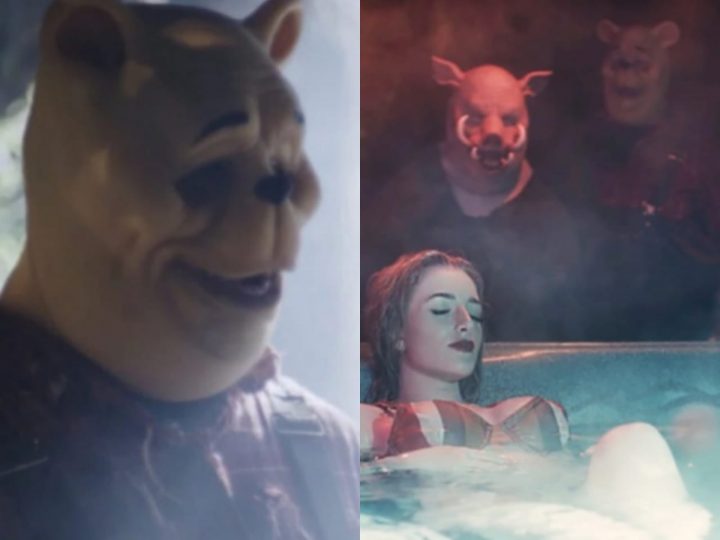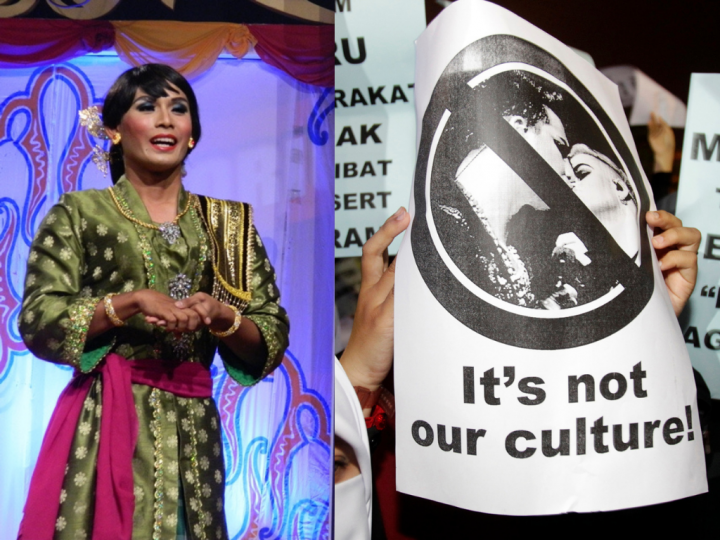Pixar’s ‘Lightyear’ Depicting On-Screen Homosexuality Banned in 14 Middle Eastern & Asian Countries
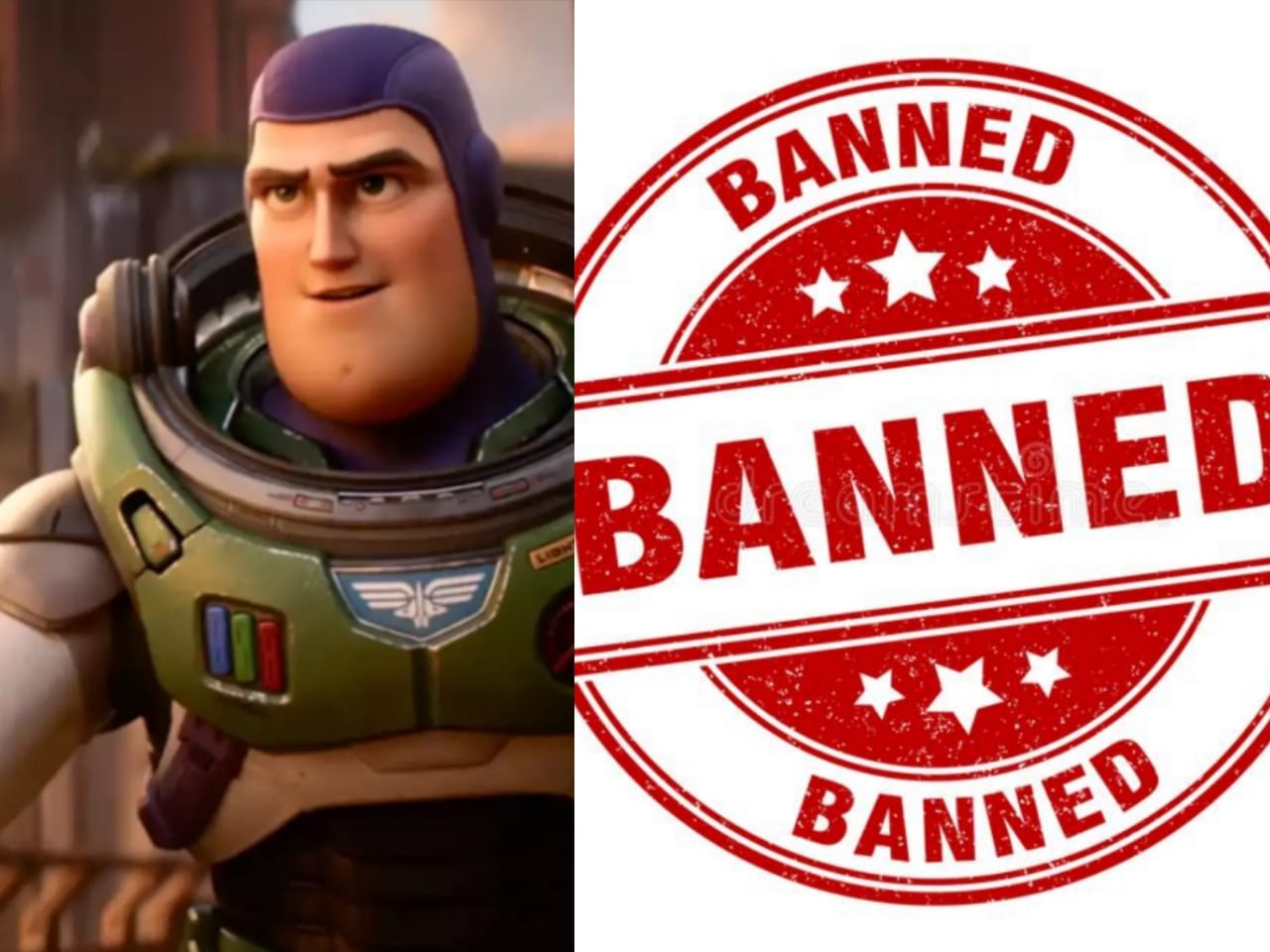 Thirsty for JUICE content? Quench your cravings on our Instagram, TikTok and WhatsApp
Thirsty for JUICE content? Quench your cravings on our Instagram, TikTok and WhatsApp
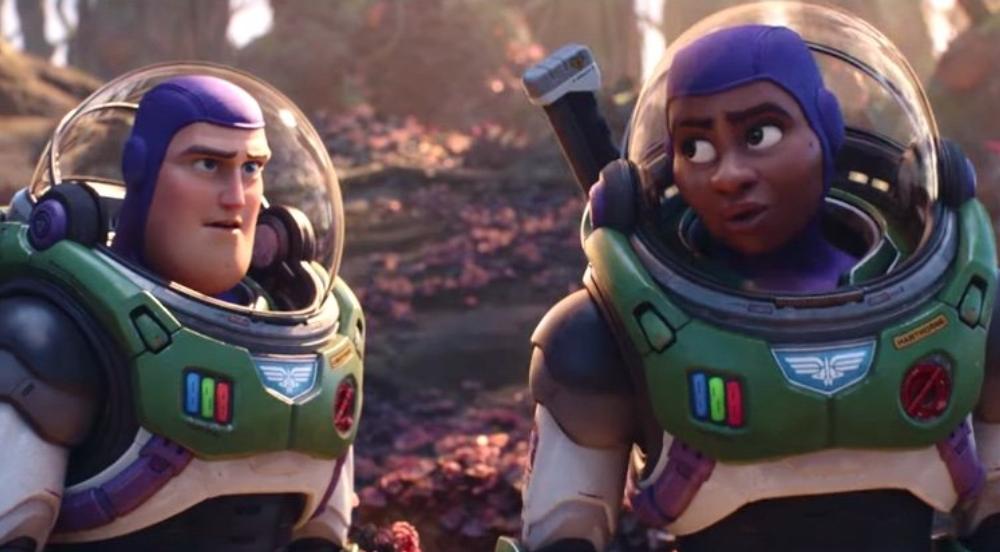
The upcoming film Lightyear, a prequel to Pixar’s acclaimed “Toy Story” franchise, has received hefty bouts of backlash within the country since the debut of its steamy trailer.
Though unconfirmed, many believe that the source of the country’s disdain was rooted in the homosexual elements within the film, which is rumoured to include a same-sex kissing scene.
On Monday, it was reported that 13 other countries across the Middle East and Asia shared similar concerns and denied Walt Disney Co permission to display its latest work.
The animated movie portrays a WLW (woman-loving-woman) couple sharing a concise kiss which also prompted the United Arab Emirates to outlaw it, as the couple’s relationship apparently breached the country’s media content standards.
Homosexuality is deemed illegal and blasphemous in most Middle Eastern societies.
Other nations, including Malaysia and Indonesia, chose not to respond directly to queries on why they would not permit the film to be shown.

In the past, multiple Eastern countries have also dismissed other cinematic portrayals of homosexual activity.
Movies such as A24’s fantasy hit Everything Everywhere All At Once and India’s foremost queer romcom, Shubh Mangal Zyada Saavdhan were also banned in certain nations for their gay plot lines.
In May, Disney decided not to remove homosexual references in Doctor Strange and the Multiverse of Madness, resulting in the film not making its debut in most Middle Eastern countries.
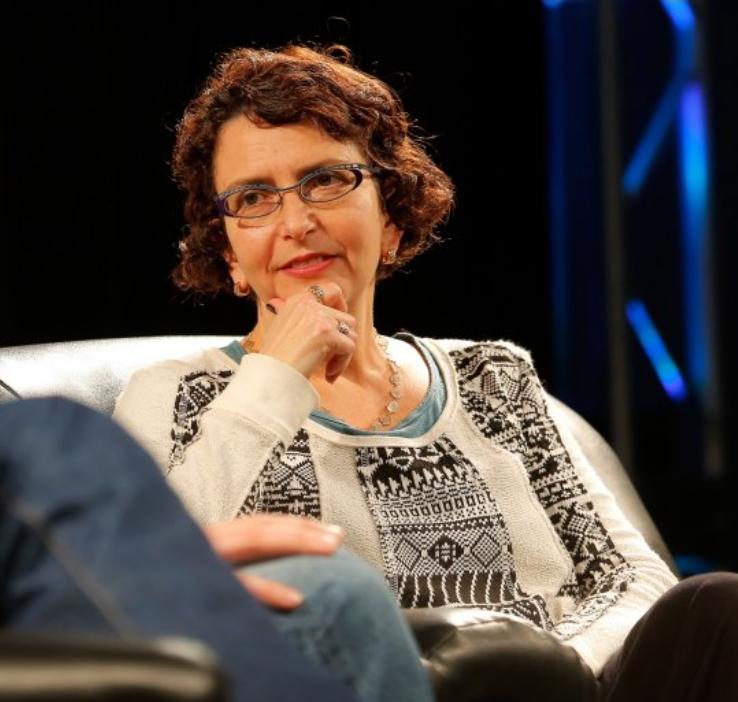
Additionally, according to a Lightyear producer, the animated film is highly improbable to be released in China, as Chinese authorities had allegedly requested specific trims to the film, which Disney refused.
“We’re not planning to cut anything, particularly something as essential as the compassionate and uplifting partnership that reveals to Buzz what he’s missing by the decisions that he’s making,” Susman said at the film’s red-carpet premiere in London.
Chris Evans, who voices Buzz Lightyear in the film, also stated that oppositions to the film were “frustrating” especially when pertaining to LGBTQ+ matters, as the representation was an initiative towards social inclusion capacity.
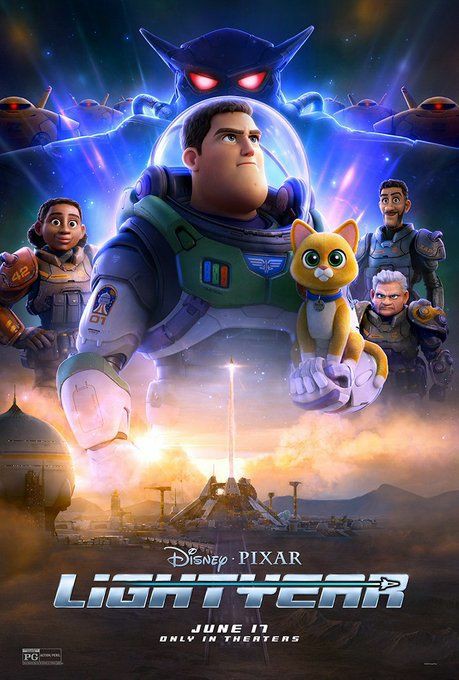
Lightyear will hit cinemas across the Americas on Friday.
There have been a few unambiguous LGBTQ characters in Pixar’s 27-year history.
A one-eyed cop emerged in a few scenes in 2020’s Onward, mentioning her girlfriend, and a pair of mothers snuggle their child at a kindergarten in 2019’s Toy Story 4.
The 2016 film Finding Dory also presented a short clip of what seemed to be a lesbian couple, though the filmmakers were reluctant to define them as such at the time:
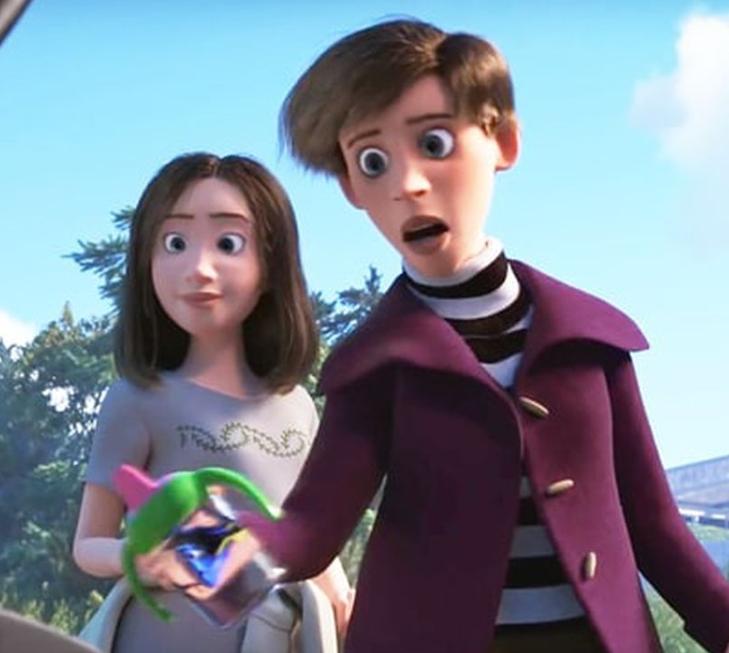
The most blatant LGBTQ venture in Pixar’s canon is Out, a 2020 short film about a gay man trying to cope with the pressure of coming out to his parents. It was launched on Disney Plus as aspect of the SparkShorts programme.
Besides that, in Pixar’s 2021 release, Luca, two young sea monsters who appear human on land, Luca and Alberto form a deep friendship with one another, which many perceived was of homosexual nature.

As per numerous former Pixar staff members who spoke anonymously with Variety, in the past, the studio’s creatives had spent years trying to integrate LGBTQ distinctiveness into its narration in various ways, only to have those attempts repeatedly disrupted.


 Get Audio+
Get Audio+ Hot FM
Hot FM Kool 101
Kool 101 Eight FM
Eight FM Fly FM
Fly FM Molek FM
Molek FM
